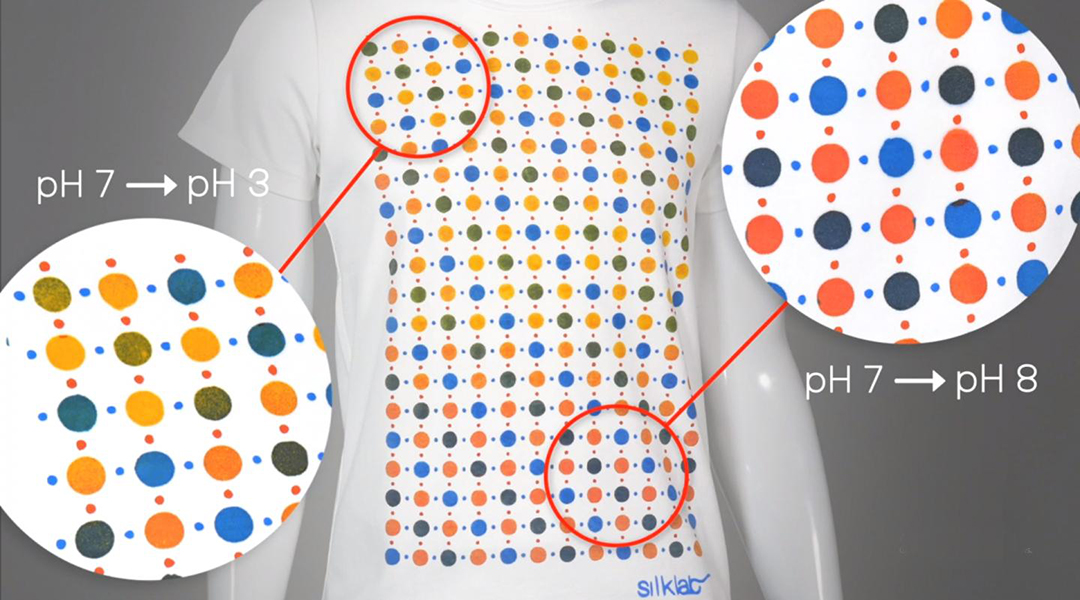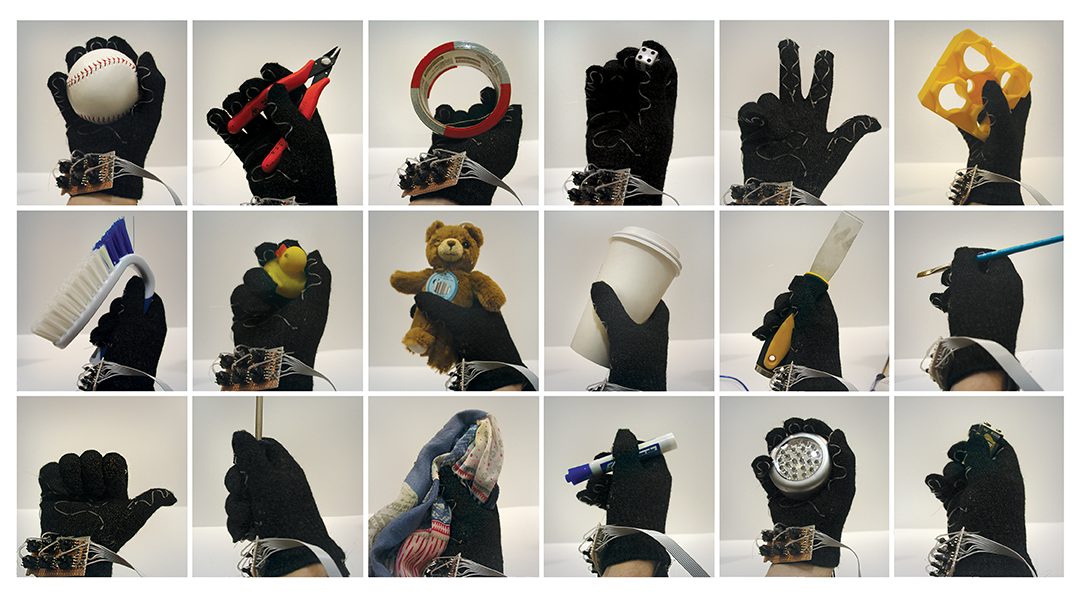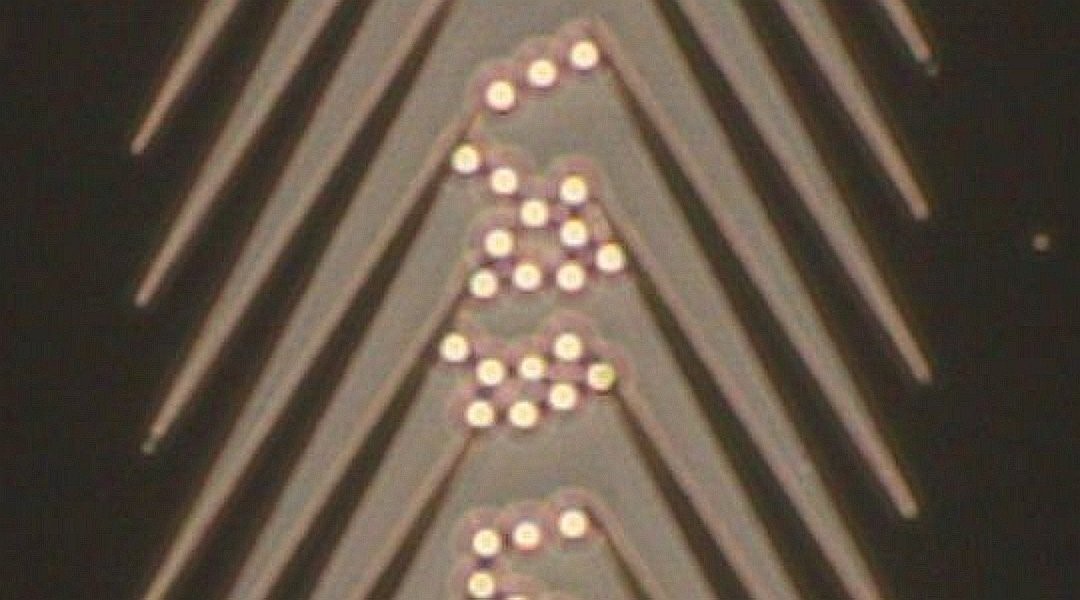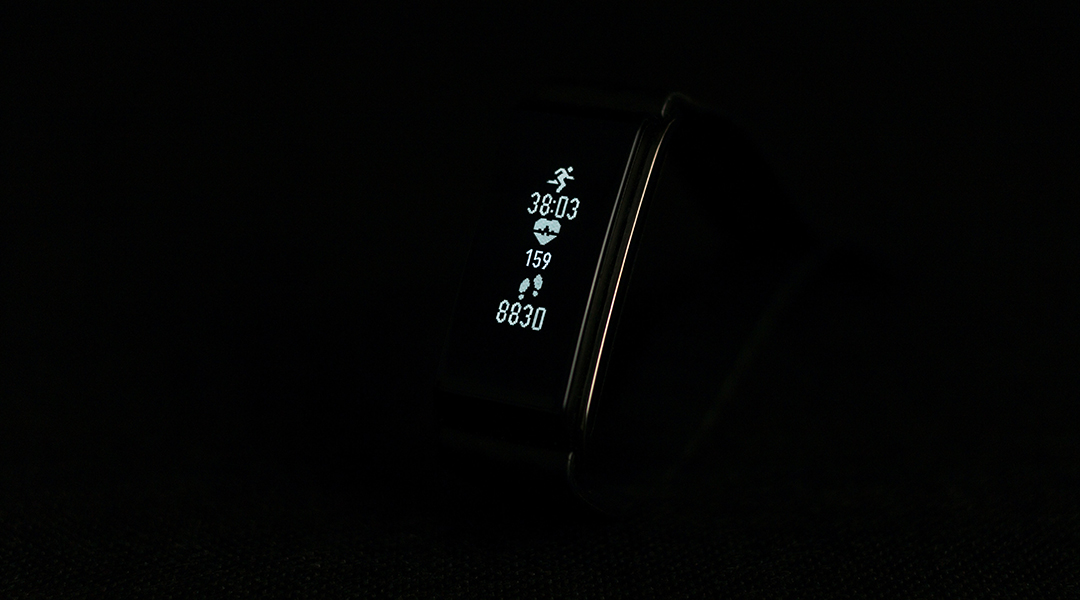Scientists at Hong Kong University of Science and Technology make artificial eye far better than anything current.


Scientists at Hong Kong University of Science and Technology make artificial eye far better than anything current.

Bioactive inks printed on wearable textiles can map conditions over the entire surface of the body, including possible pathogens.

Using off-the-shelf components and simple fibre-based construction, a new smart glove captures the complex sensing and high-order reasoning of the human hand.

A transparent and stretchable touch sensor could enable robust touch input mapping under either static or dynamic deformation.

A new filter structure that expands and contracts as moisture levels change provides the first steps in create humidity-responsive smart windows.

Using an asymmetric sawtooth-shaped potential, researchers achieve transport of tiny molecules driven by particle crowding.

Using magnetic connectors, researchers create “plug-and-play” mobile health monitoring devices that can be catered to an individual’s need.

Flexible perovskite photovoltaic cells on ultra-thin glass achieve remarkable efficiencies under indoor illumination.

Researchers develop an easily scalable approach for fabricating cholesteric liquid-crystal elastomer films.

Scientists have developed a method for precise, fast, and high-quality laser processing of halide perovskites, promising light-emitting materials for solar energy, optical electronics, and metamaterials.